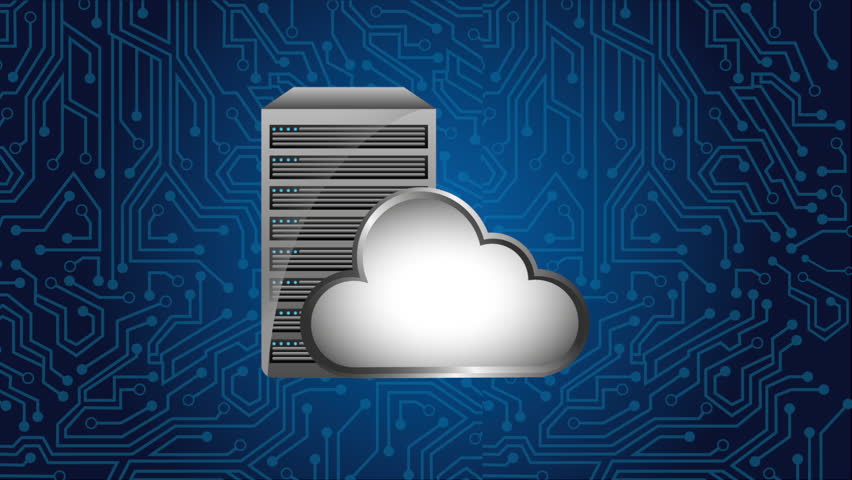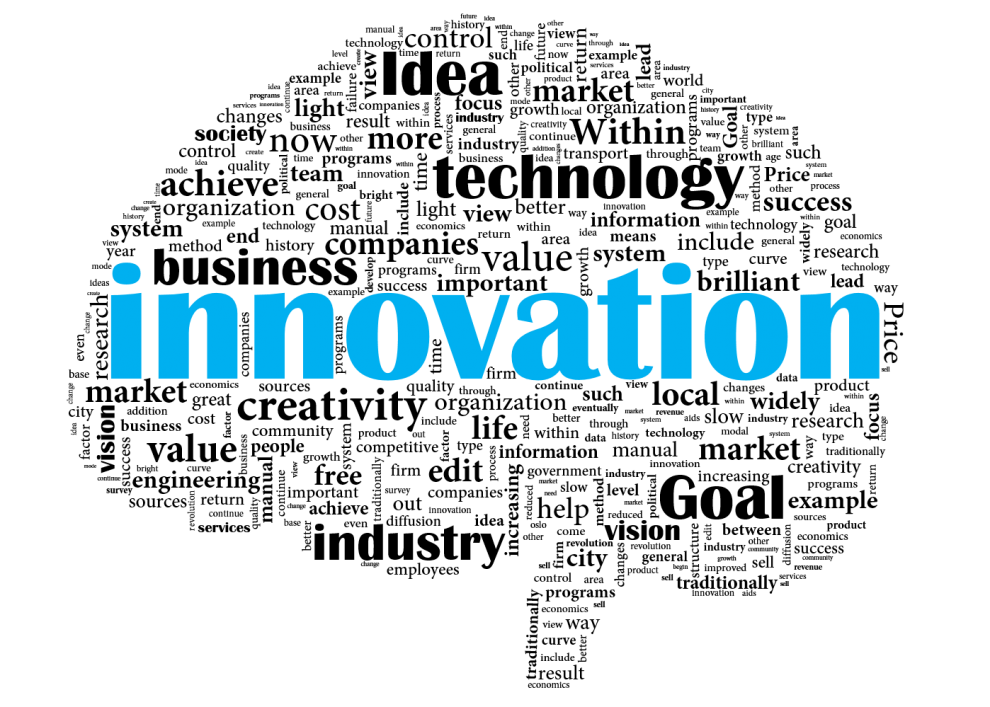Budget is a microeconomic concept that is employed by all organizations and businesses, be it large or small. No operation in an organization can proceed without a well-structured financial plan that details thoroughly on revenues and expenditures that achieve objectives. A budget also provides a comprehensive outline of the resources that will be used and purchased to finish a task. If designed properly and with minute details being taken care of, it is a company’s map to track the finances of any stage of operations and ensures that objectives are achieved as planned. An organization is closely aligned to its work as long as the budget is well in place.
Mapping a budget allows to keep an estimate and tracking finances using the budget gives liberty to expand the budget wherever needed and alter it. Wherever budget provides liberty, initiatives can be undertaken such as hiring new workers, investing in a new market or improving advertisement strategy. Not only this, but it is a structured budget that helps business owners decide about raise in salaries, bonuses, insurance plans for workers etc. The adjustments in new sales, overhead costs of operations and tax bills are all planned out as per a budget detailing an estimate of current expenditures as well as those of future. The importance of mapping a budget can perhaps be explained best by small business owners who operate their businesses on a tight budget and even a slight fluctuation in budgets can lead to huge disruptions and loss.
After having detailed on importance and benefits of having a budget, how to map a budget has to be discussed. To ensure an effective budget is put in place, it is best to hire an accountant or a person who excels at handling finances with accurate details. Such an individual will not only plan an effective budget but also track the finances at every stage along with producing concise reports so relevant people can change business strategy or future objectives keeping those in mind.
What cannot be denied is the role of technology in making the mapping of budget easier to structure. With details of every instant and expenditure, manual budget making is often an uphill task. But technology with its software makes it feasible to compartmentalize different aspects of budgets, such salaries, resources purchased and other divisions. This makes the budget easier to read, understand and analyze. Computerized budget aids in spotting the factors affecting the budget or causing fluctuations in it which in turn leads to making improvements instantly.
However, technology itself or one individual alone cannot be the driving force behind budget mapping. All the individuals in the organization who are a part of the on-going operations should be a part of the budget planning committee. Moreover, the budget should essentially reflect the key strategies an organization employs. The budget mapping committee should regularly track the budget to identify areas of weaknesses and strengths and build upon them to yield improved results. The committee must alter the budget as per the needs in case of a situation that requires an instant change.





 The Project Management Office is a group within a business. It can be a separate department in a time of needs. It helps to maintain the standards of project management within the business or organization. The project management office (PMO) is becoming the central hub of the enterprise. Apart from other tasks, its main task is to directly support the project managers. It is now predicted that in future its focus could also lie on strategic project management. Its vital task is to provide a tool for project portfolio management and resource management. The first and foremost goal of
The Project Management Office is a group within a business. It can be a separate department in a time of needs. It helps to maintain the standards of project management within the business or organization. The project management office (PMO) is becoming the central hub of the enterprise. Apart from other tasks, its main task is to directly support the project managers. It is now predicted that in future its focus could also lie on strategic project management. Its vital task is to provide a tool for project portfolio management and resource management. The first and foremost goal of 
 In today’s world of project management, change and organizational development we often come across the word Business transformation. We are now using this world frequently but have we ever wondered that what exactly Business Transformation is? Why this term is being used so many times? All the transformation requires an owner to rethink that how the enterprise creates the value of today and in future. Today all transformations require us to think big because the incremental improvement is not just enough to win in this disruptive business environment.
In today’s world of project management, change and organizational development we often come across the word Business transformation. We are now using this world frequently but have we ever wondered that what exactly Business Transformation is? Why this term is being used so many times? All the transformation requires an owner to rethink that how the enterprise creates the value of today and in future. Today all transformations require us to think big because the incremental improvement is not just enough to win in this disruptive business environment.
 Nowadays there is an increase in competitive pressure, a great regulation and more mobile workforce have made the business more challenging to strengthen profitability and growth. It is now becoming more and more complex as the nature of labor and material is changing time to time, also the rapid changes in the nature of the projects and customer demands and managing resources requirement. In addition to this, tighter regulations are needed for a greater control. Industrial manufacturers face and confront a lot of challenges in today’s world. To increase the profitability and for the growth of the business, the key is innovation. Every manufacturing project is defined by greatness, that may include big clients, big products, a big return or a big risk. In today’s highly competitive environment, it would be a challenge for a business in delivery commitment. It is necessary to meet the business goa in the market that is this much demanding. So for this Primavera solution for manufacturing are required.
Nowadays there is an increase in competitive pressure, a great regulation and more mobile workforce have made the business more challenging to strengthen profitability and growth. It is now becoming more and more complex as the nature of labor and material is changing time to time, also the rapid changes in the nature of the projects and customer demands and managing resources requirement. In addition to this, tighter regulations are needed for a greater control. Industrial manufacturers face and confront a lot of challenges in today’s world. To increase the profitability and for the growth of the business, the key is innovation. Every manufacturing project is defined by greatness, that may include big clients, big products, a big return or a big risk. In today’s highly competitive environment, it would be a challenge for a business in delivery commitment. It is necessary to meet the business goa in the market that is this much demanding. So for this Primavera solution for manufacturing are required.

 Innovation generally means changing the process, or it means to create an effective process or idea. In business, it means creating and implementing new ideas and improving new services. Innovation doesn’t mean inventing, but it means that changing your present business model for the better future delivery of products or ideas. Innovation should be an inbuilt part of your business where you lead the culture of innovation and creative problem-solving. Innovation leads your business to success, as a business that innovates they create more efficient work and have better productivity and also performance. Innovation can work as a catalyst for your business growth as well as success.
Innovation generally means changing the process, or it means to create an effective process or idea. In business, it means creating and implementing new ideas and improving new services. Innovation doesn’t mean inventing, but it means that changing your present business model for the better future delivery of products or ideas. Innovation should be an inbuilt part of your business where you lead the culture of innovation and creative problem-solving. Innovation leads your business to success, as a business that innovates they create more efficient work and have better productivity and also performance. Innovation can work as a catalyst for your business growth as well as success.

 Market Solutions gives an extensive variety of strategy, innovative and creative benefits, all intended to develop your business. Our administration package can be incorporated as a full-benefit
Market Solutions gives an extensive variety of strategy, innovative and creative benefits, all intended to develop your business. Our administration package can be incorporated as a full-benefit 

